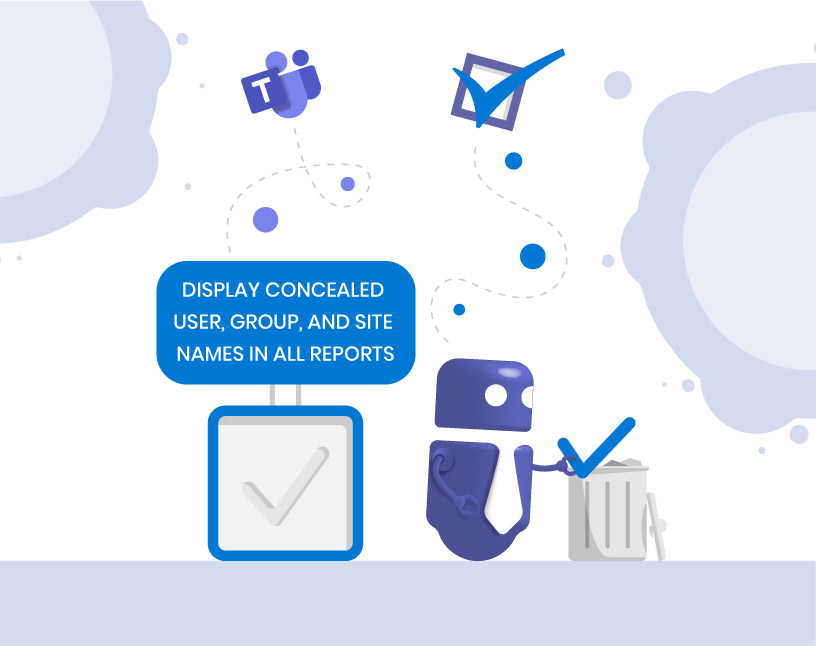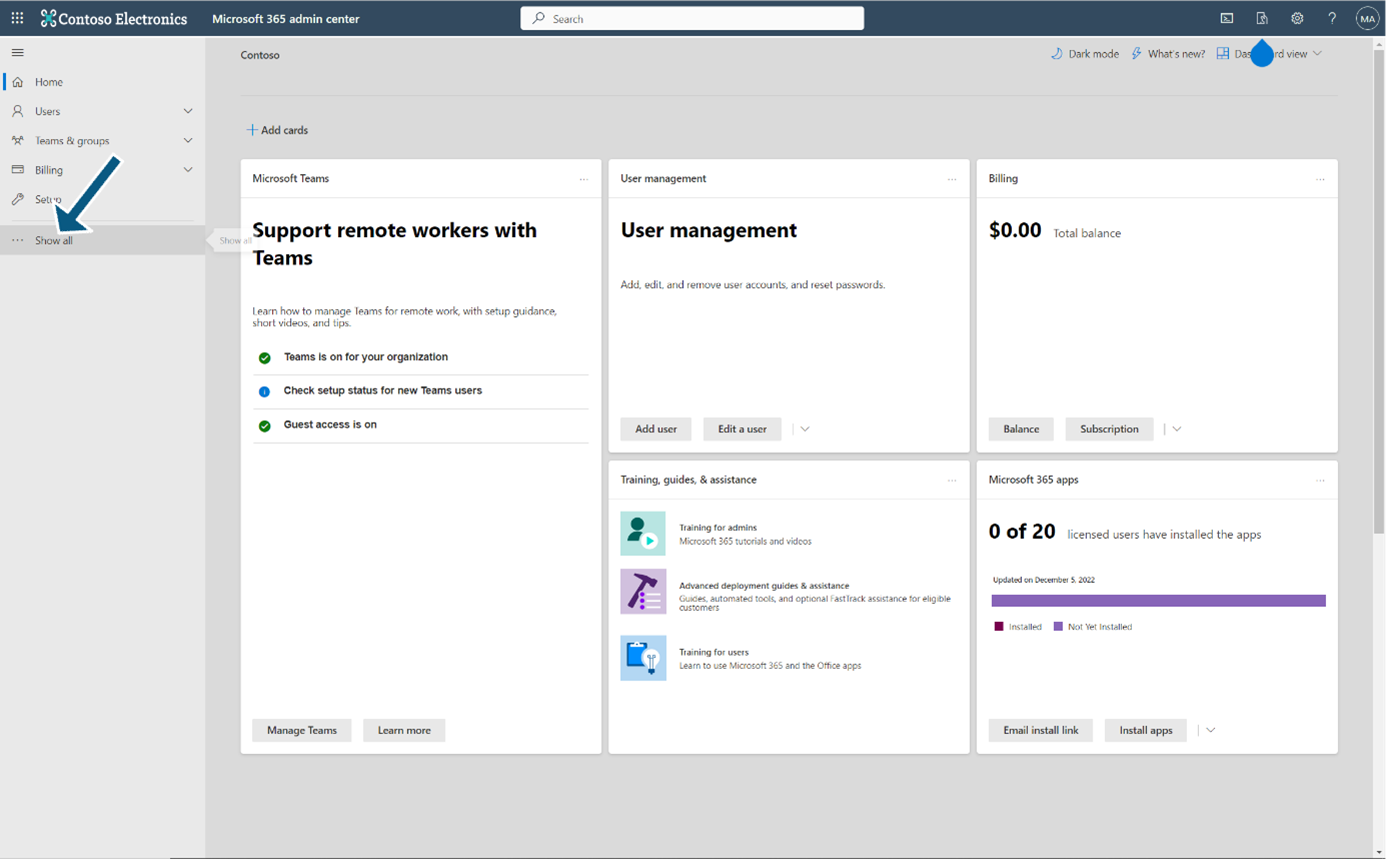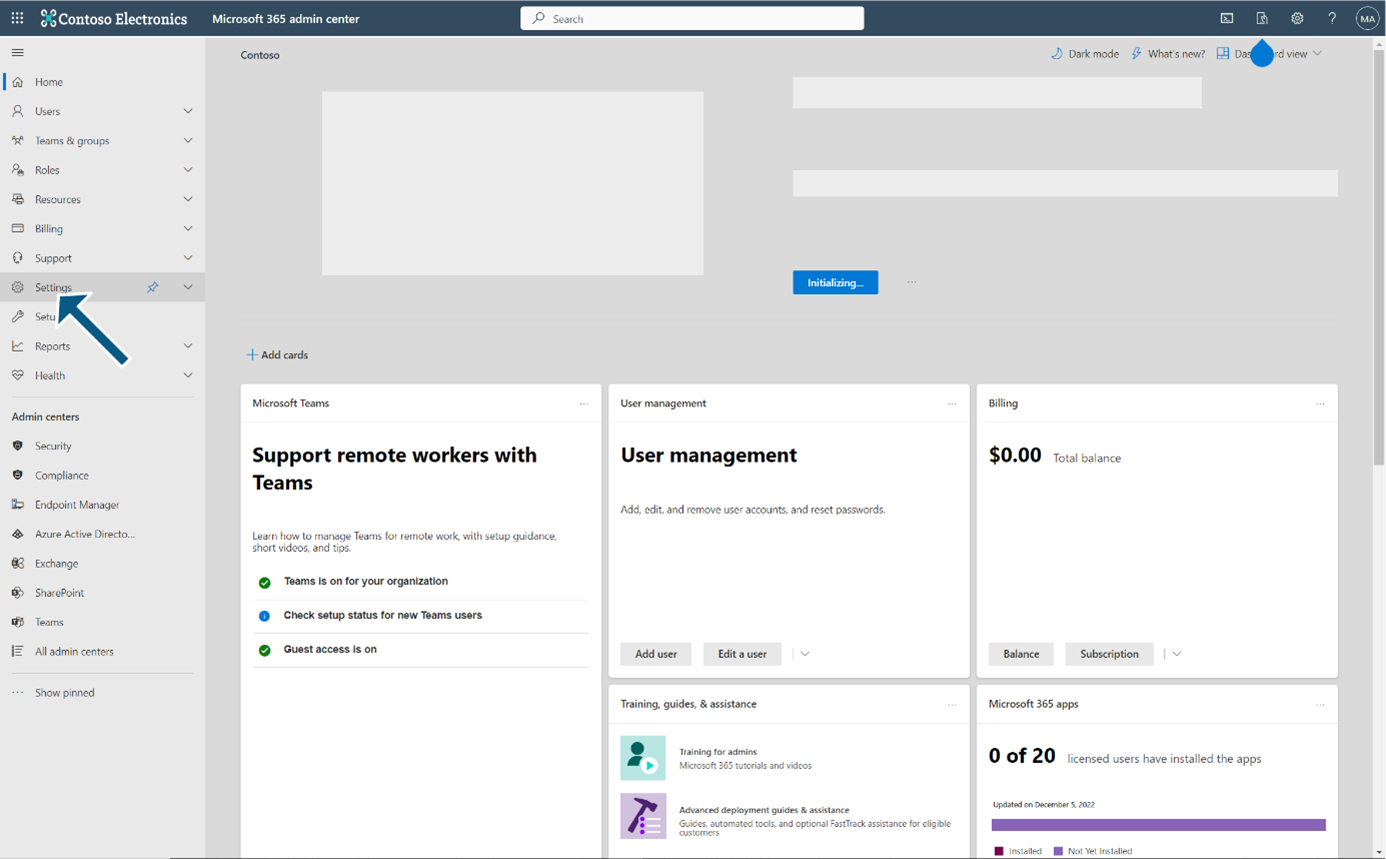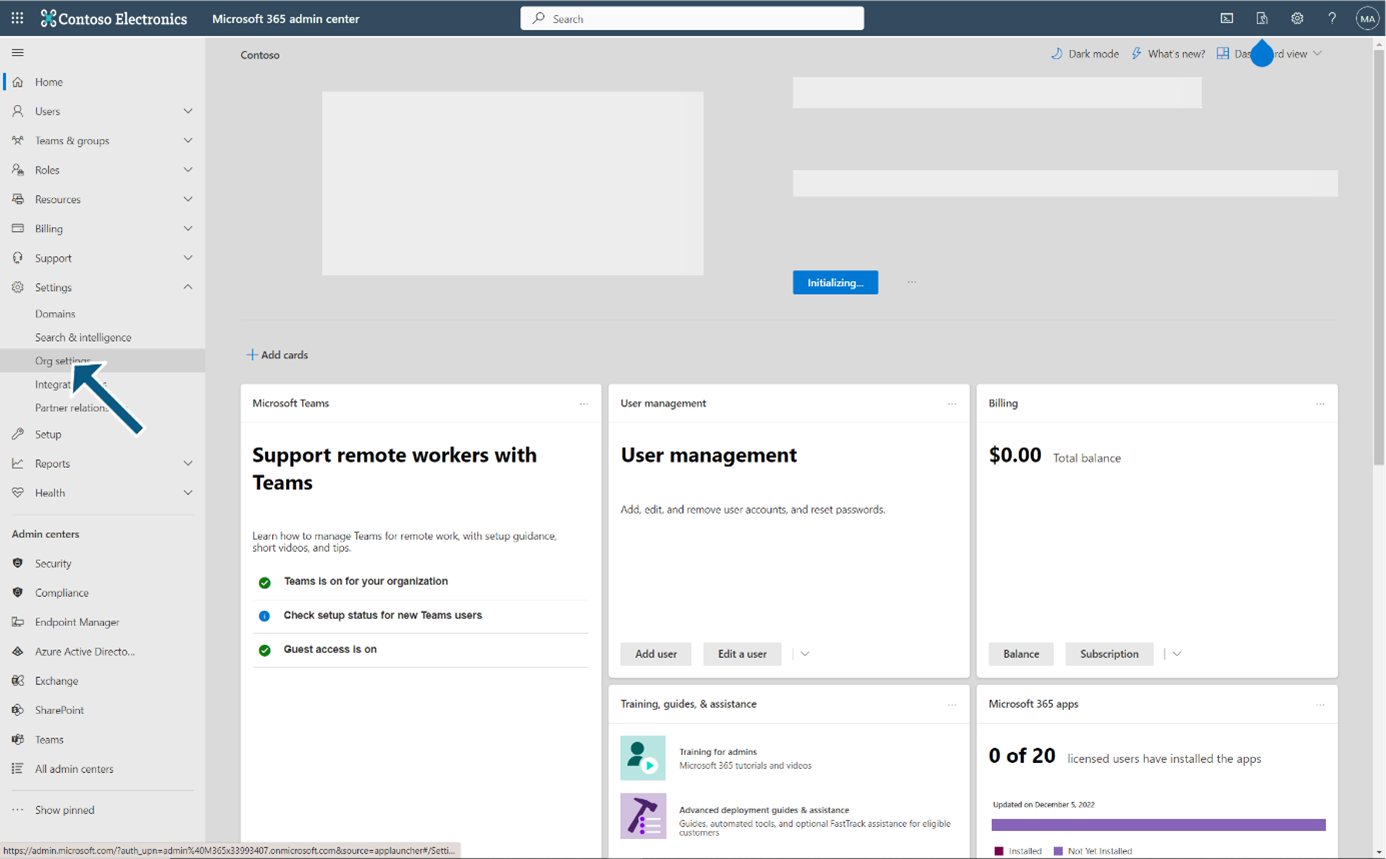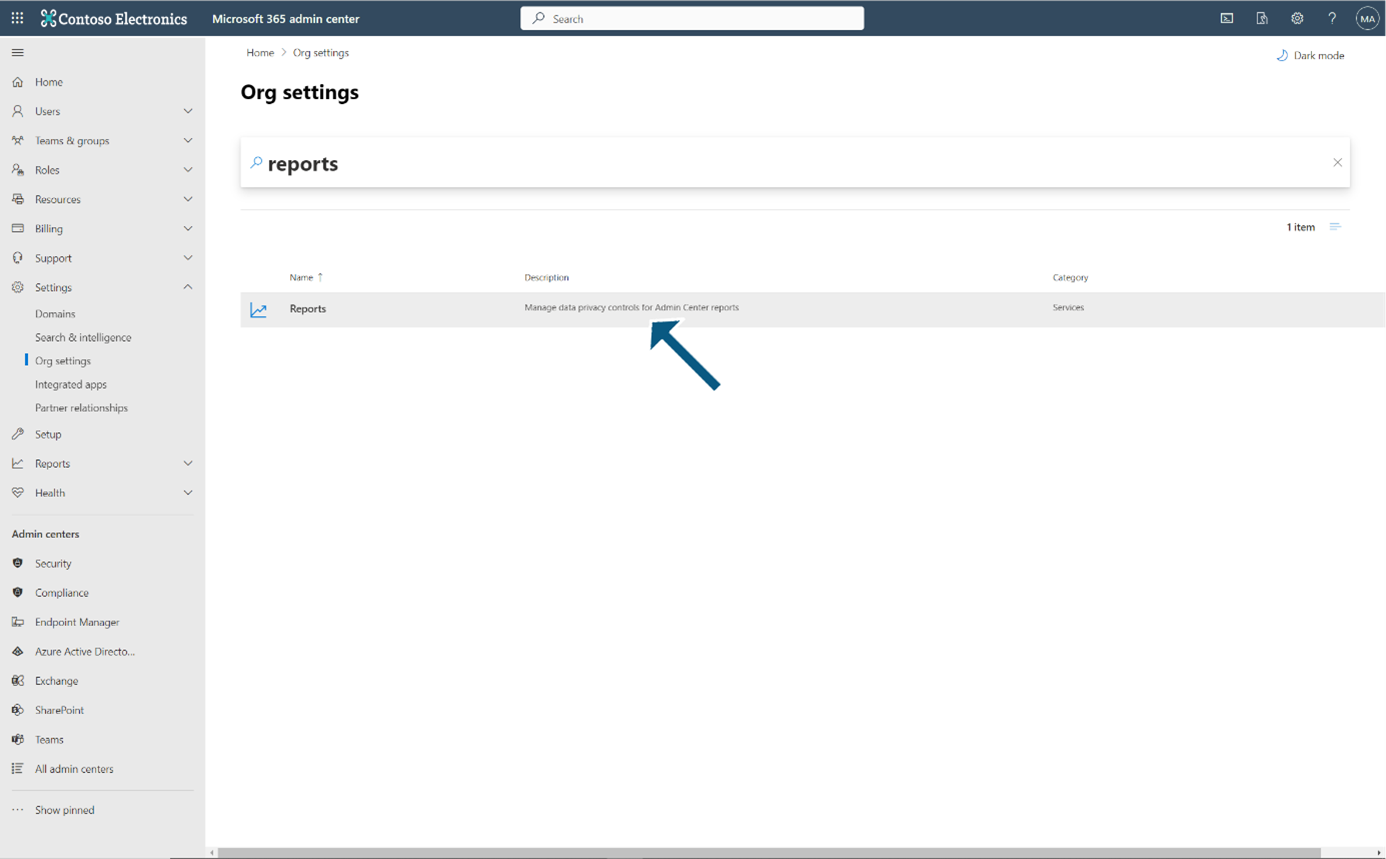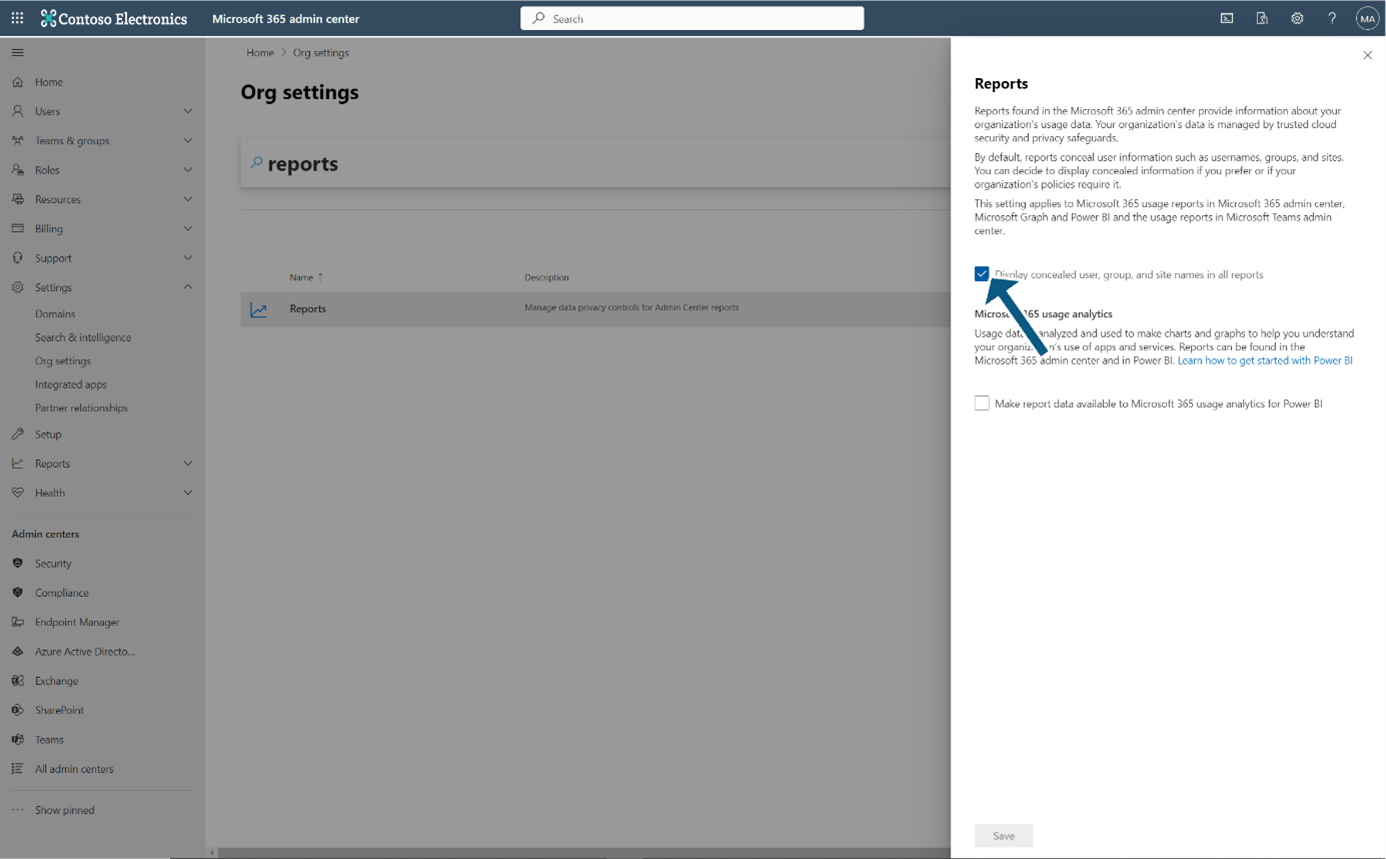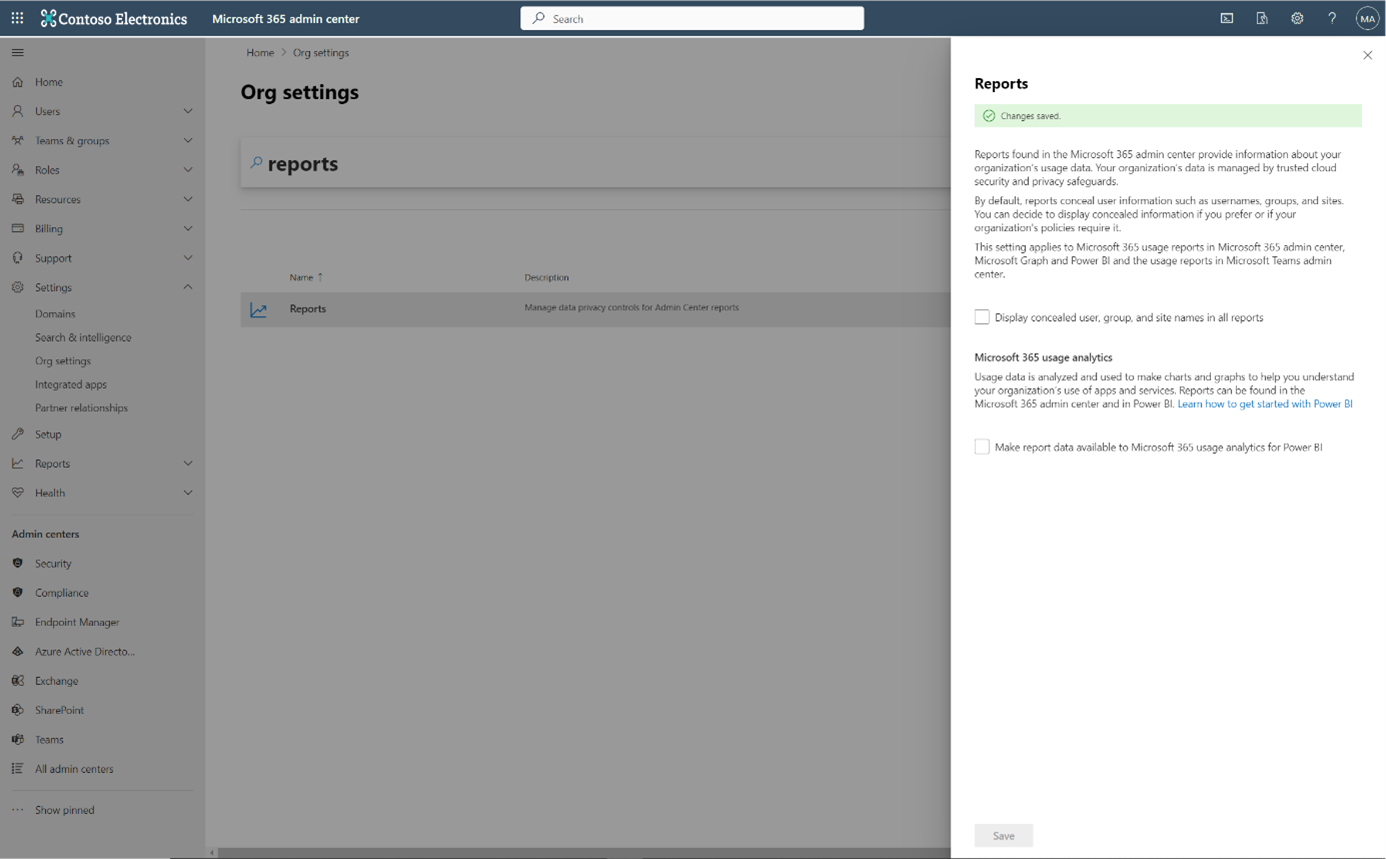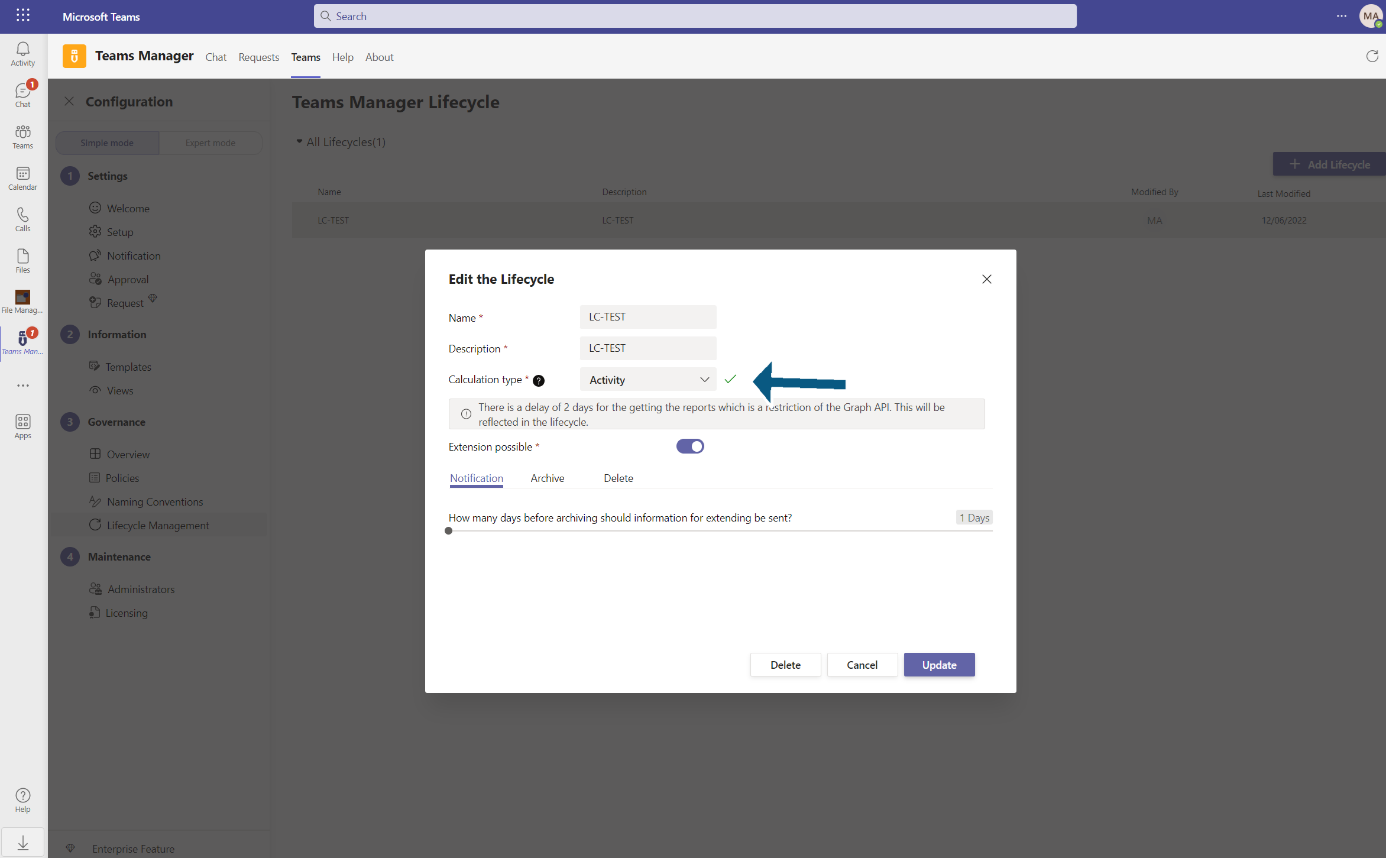Microsoft 365: Disable Concealed Data in Reports
Why does Microsoft conceal data in reports by default?
Since September 2021, Microsoft 365 anonymizes user, group, and site names in usage reports. Instead of clear identifiers, reports show GUIDs or masked values.
The idea is simple: protect personal data and reduce compliance risks. But for IT admins, this often creates new problems:
- Reports are almost useless for lifecycle management.
- Teams, groups, or sites can no longer be identified clearly.
- Third-party tools (such as Teams Manager) cannot evaluate activity correctly.
If you want to run lifecycle rules based on usage, you need to disable concealed data.
How do you disable concealed data in Microsoft 365 reports?
Time needed: 2 minutes
- M365 Admin Center
Go to Microsoft 365 Admin Center at https://admin.microsoft.com.
- Show all
Click on Show all in left panel.
- Settings
Click on Settings.
- Org settings
Click on Org Settings.
- Search for reports
Search for “Reports” in Search All Settings Field.
- Reports settings
Select the option Reports.
- Uncheck checkbox
Uncheck the checkbox “Display concealed user, group, and site names in all reports”.
- Save
Click on Save button.
- Regrant permissions in Teams Manager
After successful save, go to Teams Manager and regrant the App Permissions in Setup screen.
- Lifecycles for inactive teams
In Teams Manager’s Lifecycle settings, a green tick will be displayed.
After these settings, Lifecycle notifications will be triggered.
What’s new: Manage the setting via Graph API
In addition to the Admin Center, Microsoft now provides a Graph API endpoint to manage this configuration.
- This allows automation through scripts or governance workflows.
- Organizations can control the setting programmatically across tenants.
This is especially relevant for large or multi-tenant organizations.
For more information, see:
Microsoft 365 Reports in the admin center
Privacy changes to Microsoft 365 Usage Analytics
Microsoft 365 reports show anonymous user names instead of actual user names
What about compliance and privacy?
Disabling data concealment makes reports far more useful. But it also means personal information is visible. Before making the change, check:
- Do your data protection policies allow reporting with user names?
- Is your Data Protection Officer (DPO) informed?
- Do you need to limit who has access to these reports?
💡 Best practice: Restrict report access to IT admins only and document the change for compliance audits.
What happens in Teams Manager after changing the setting?
Teams Manager uses usage reports to trigger lifecycle policies, e.g.:
- Identify inactive teams.
- Send notifications to team owners.
- Archive or delete unused teams.
If data remains concealed, these lifecycle processes cannot work.
After changing the setting, re-grant Teams Manager app permissions to ensure lifecycle automation is restored.
➔ Read here how AEWB uses lifecycles to structure their Teams environment.
FAQs
Reports will remain anonymized. Lifecycle management and usage-based automation will not work.
Yes. You can toggle the setting anytime in the Admin Center or via Graph API.
Yes. Concealed data impacts both Admin Center reports and Graph API outputs.
Conclusion: Small change, big impact
Concealed data protects privacy, but makes lifecycle management nearly impossible.
By disabling this setting and integrating with Teams Manager, you can automate lifecycle rules, maintain compliance, and keep Teams under control.
👉 Ready to see how lifecycle automation works in practice?
Book your free Teams Manager demo today.

CEO and Governance Expert at Solutions2Share
Christian Groß is a Microsoft Teams governance expert from the very beginning. Over the past 6 years, he has developed 6 Teams apps, founded Solutions2Share, and launched the German-speaking Microsoft 365 conference in Mainz, Germany.
He regularly speaks at international M365 events and supports IT leaders in building scalable governance strategies.
